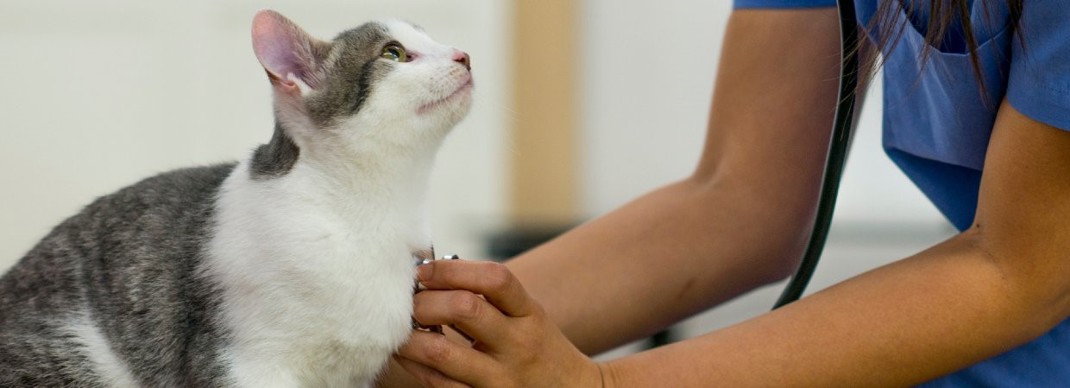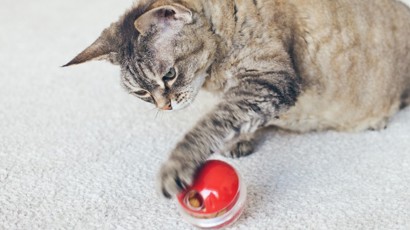Knowing when to Take your Cat to the Vet

It can be hard to tell when your cat is unwell as cats hide illness and symptoms can be subtle.
So how do you know when to take your cat to the vet?
Yearly Check-Ups
Your cat needs yearly check-ups at the vet to receive vaccinations and ‘nose-to-tail’ examinations. They’ll be weighed and the vet will look over their coat, eyes, ears and teeth and listen to their heartbeat. Older cats should be taken to the vet at least twice a year.
When they Avoid the Litter Tray
One of the most noticeable signs something is amiss is if your cat stop using their litter tray. If your cat is peeing or defecating outside of the tray, thoroughly clean the tray and opt for a new litter type, as they may just be fussy.
However if this doesn’t fix the problem, a visit to the vet is a must. Litter tray avoidance can be a sign of a urinary tract infection (UTI), bladder stones, feline interstitial cystitis or other diseases.
It can also indicate anxiety, as was the case for my cat Fela Cutie.
During a stressful time in our household and a swap of litter type, she stopped using the tray and was meowing more.
A physical check-up confirmed she was in good health but anxious. A change back to the previous litter type, the use of the Feliway diffuser and more playtime helped calm her down, and she started using the tray again.
If your male cat is having trouble using the litter tray, such as going in and out of the tray multiple times but not using it, and he is also not peeing or defecating somewhere else, you should take him to the vet immediately as this may indicate urinary blockages which is a medical emergency.
Check the Litter Tray
While it doesn’t make for the nicest sight, the litter tray can also give clues to your cat’s health.
If their poo looks runny, dry, or is an unusual colour, this is something to mention to your vet.
We started seeing blood in the tray every now and then after my other cat Edgar would use it. He was checked by the vet, who diagnosed him with ulcerative colitis (UC) – fortunately with medication it soon cleared up.
Behavioural Changes
Another thing to be aware of is if your usually hyperactive kitty has become sluggish or your calm cat is starting to growl and hiss.
Or perhaps your aloof cat is now following you around, constantly meowing for attention.
While it could be a full moon or the sight of another cat in their territory, it can also indicate something more serious, so discuss these changes with your vet.



